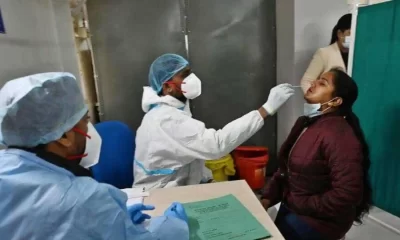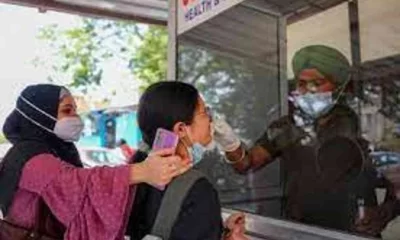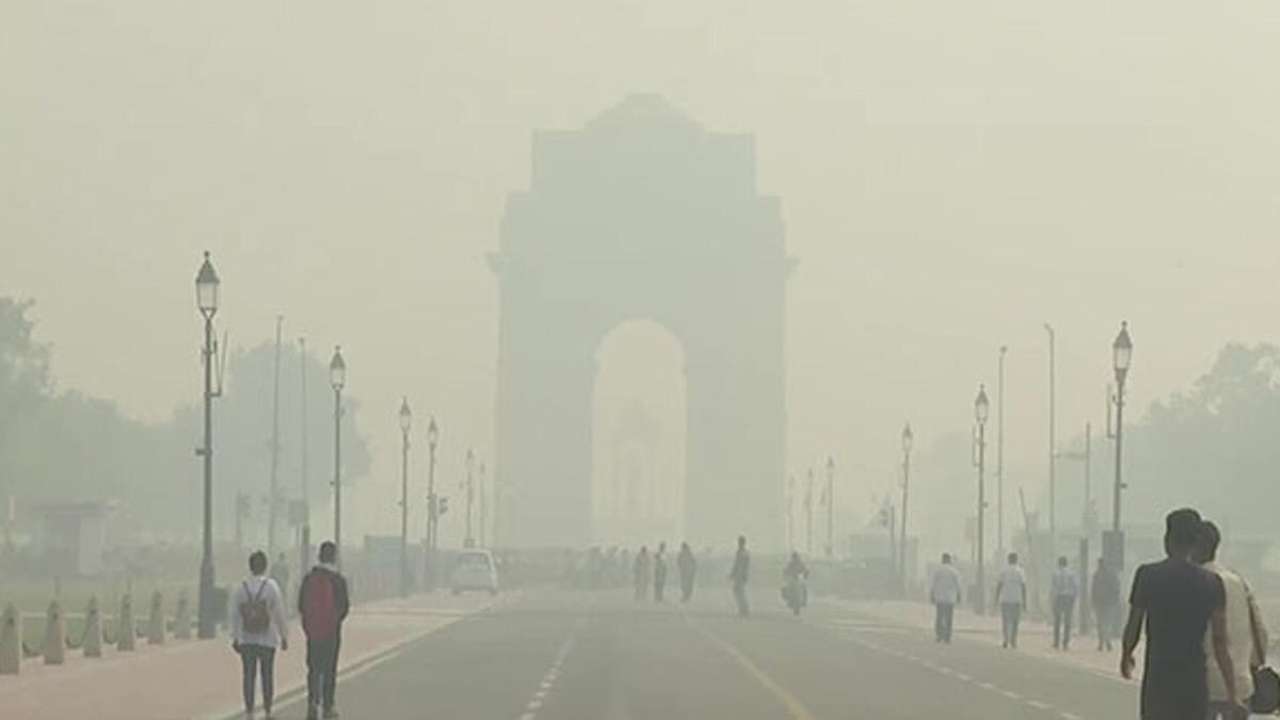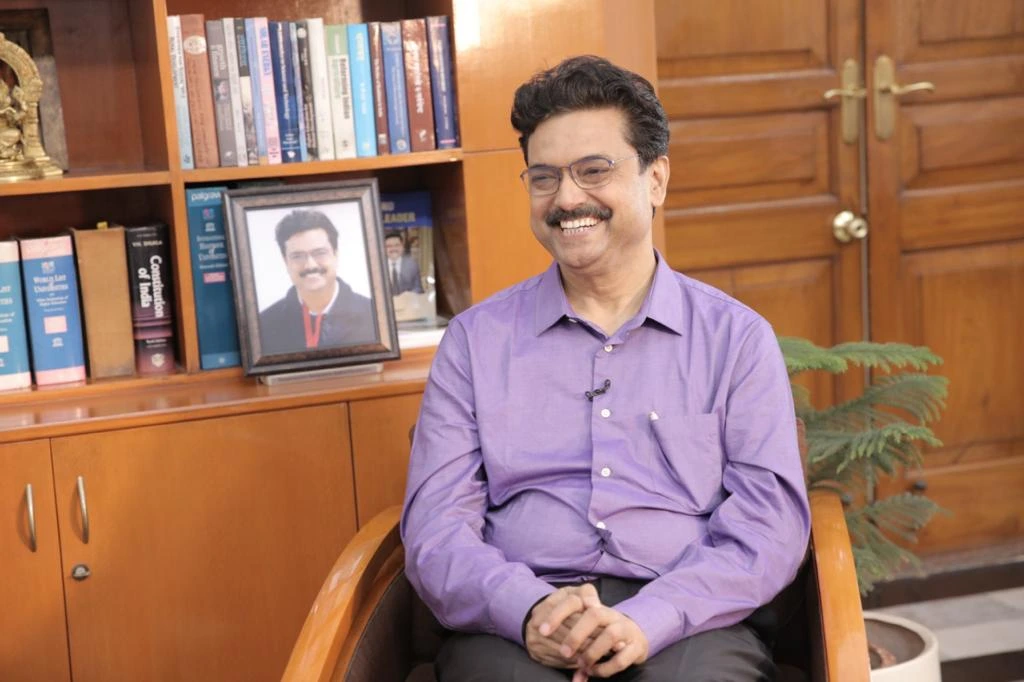India News
Mumbai schools from class 1-9 to remain shut till January 31 amid Omicron surge
The BMC Commissioner Iqbal Chahal said that schools in the city that were due to open for physical classes from 3 January onwards, will go back online. There is no reason to panic but at the same time all of us have to be extremely cautious and exercise extreme Covid appropriate behaviour, Chahal said.

India News
Delhi air quality plunges to severe as thick smog blankets the capital
Delhi’s air quality deteriorated sharply with AQI entering the ‘severe’ zone across several areas, prompting enforcement of GRAP stage-IV measures.
India News
Rahul Gandhi alleges institutional bias, questions electoral system during Berlin address
Rahul Gandhi alleged that India’s institutions and electoral system have been weaponised to favour the BJP, remarks that sparked a strong political response.
India News
DU VC Prof Yogesh Singh entrusted with additional charge of AICTE Chairman
-
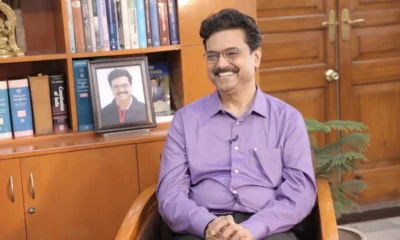
 India News18 hours ago
India News18 hours agoDU VC Prof Yogesh Singh entrusted with additional charge of AICTE Chairman
-

 India News21 hours ago
India News21 hours agoDelhi High Court issues notice to Sonia Gandhi, Rahul Gandhi in National Herald case
-

 India News22 hours ago
India News22 hours agoYogi Adityanath’s do namoone remark sparks Akhilesh Yadav’s jab on BJP infighting
-

 India News19 hours ago
India News19 hours agoGoa nightclub fire case: Court extends police custody of Luthra brothers by five days
-

 Entertainment19 hours ago
Entertainment19 hours agoDhurandhar box office day 17: Ranveer Singh film crosses Rs 555 crore, enters all-time top 10
-

 India News1 hour ago
India News1 hour agoRahul Gandhi alleges institutional bias, questions electoral system during Berlin address
-

 India News35 mins ago
India News35 mins agoDelhi air quality plunges to severe as thick smog blankets the capital



